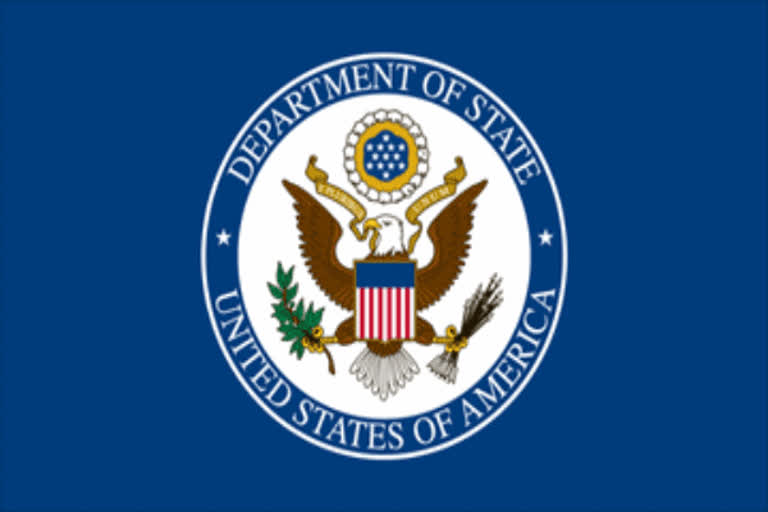Washington: India applied sustained pressure to "detect, disrupt, and degrade" terrorist activities within its borders in 2019 and its security agencies are effective in disrupting terror threats despite some gaps in intelligence and information sharing, according to a US report on Wednesday.
In 2019, India suffered terrorist attacks in the state of Jammu and Kashmir and parts of central India, the annual Country Reports on Terrorism released by the State Department said.
"The Government of India continued to apply sustained pressure to detect, disrupt, and degrade terrorist activities within its borders, it said.
Prime Minister Narendra Modi and other senior Indian leaders made numerous statements to condemn domestic terrorist attacks and bring to justice the perpetrators of terrorism, in cooperation with the United States and other like-minded countries, it added.
Indian security agencies, the report said, are effective in disrupting terror threats despite some gaps in intelligence and information sharing.
The United States and India increased CT cooperation in 2019, the State Department said.
In March, the US and India held the annual Counterterrorism Joint Working Group in Washington, DC, meeting concurrently with the second US-India Designations Dialogue.
Also read:China, India agree to 'strictly abide' by important consensus reached by their leaders: Statement
Both countries announced their intent to prevent terrorists from obtaining access to weapons of mass destruction and underscored their respective commitments to the implementation of the UN Security Council resolutions No 2396.
In December, the United States hosted the 2+2 Ministerial Dialogue, in which the ministers called for concerted action against all terrorist networks, including Al-Qaeda, ISIS/Daesh, Lashkar-e-Taiba, Jaish-e-Mohammed, HQN (the Haqqani network), Hizb-ul Mujahideen, and Tehrik-i-Taliban, the report noted.
